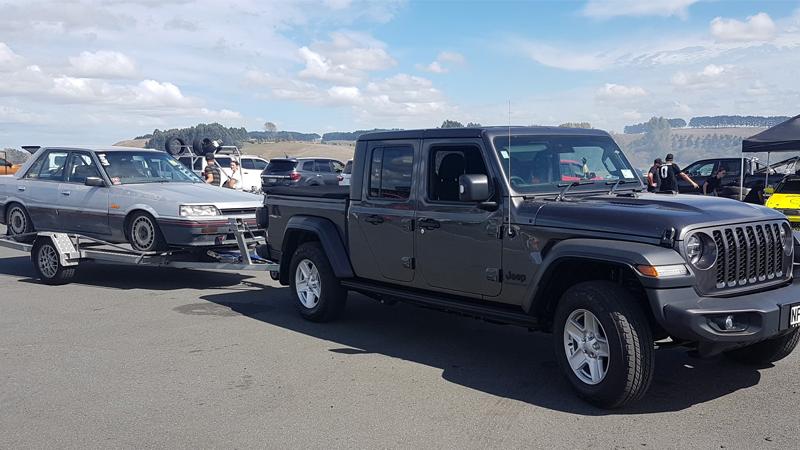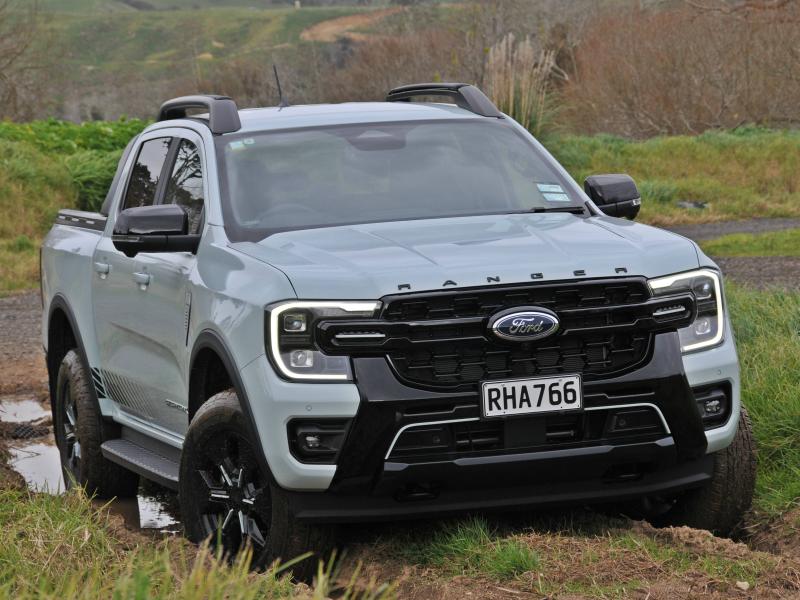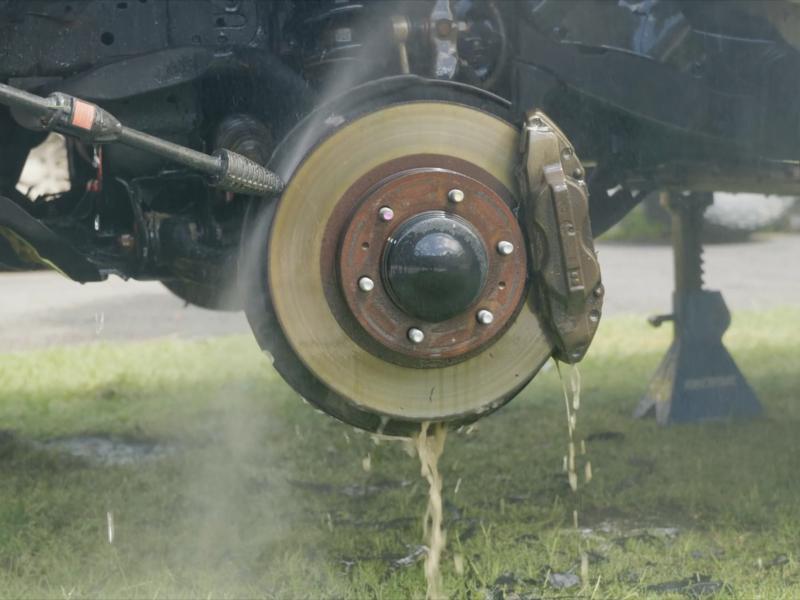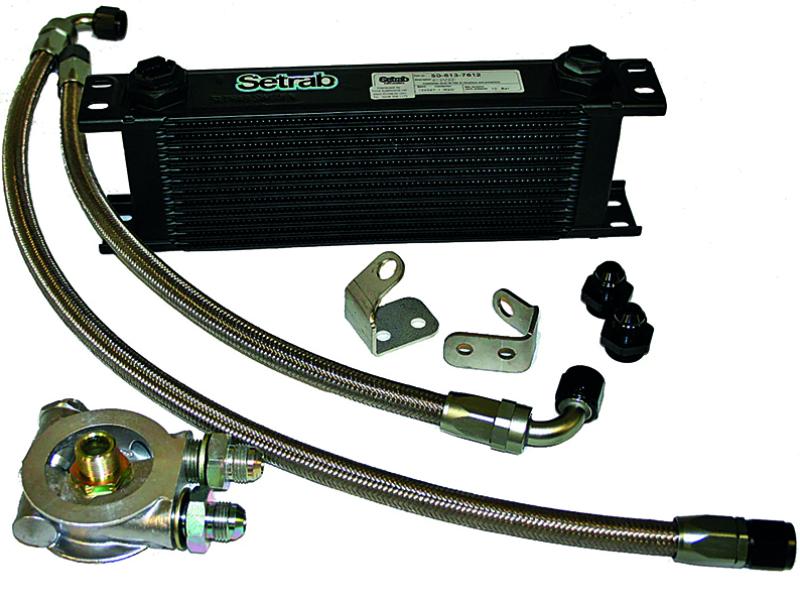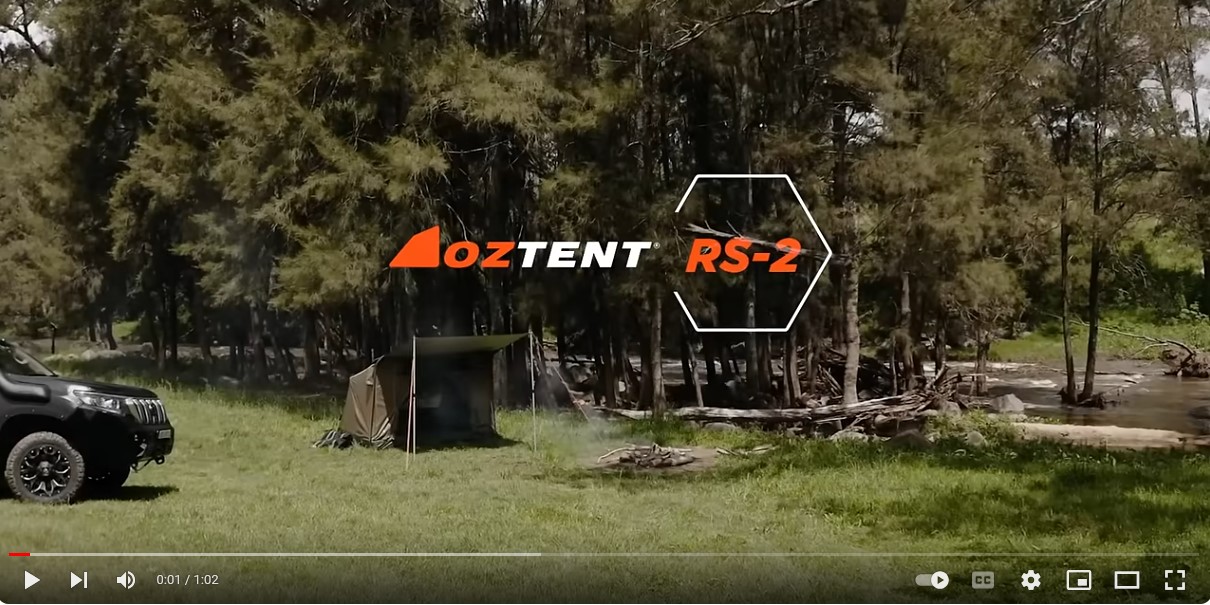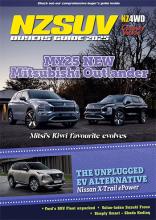OK, as most of you will be aware there are ‘Idiot’s Guides’ published on virtually every subject known to man. This, however, isn’t one of those. This one is more personal, based on all the towing I’ve done in the six years I’ve editing N4WD magazine. So, I’ve decided to call it an Ediot’s Guide.
Good old New Zealand, eh? Despite on average, ‘seven people a year killed and 45 seriously injured in crashes involving a light vehicle towing a trailer’ (the word trailer includes caravans, as well as boat, horse and garden trailers) and ‘incorrect loading a factor in around 27 light vehicle crashes a year including one death and five serious injuries,’ anyone with even a freshly-minted licence can head online and buy a large tandem wheel caravan or trailer and head out on the same roads you and I are using without even having to either jump through some – at the very least – multi-choice theoretical, or practical test hoops.
These days, obviously, there is plenty of what I would class as infomercial and tutorial-style material on the internet. There are also thousands of ‘first person’ videos posted to YouTube showing you how to tow (and also how not to tow).
Here our recently renamed Waka Kotahi (nee Land Transport Govt Department) looks after the rules and regs in relation to towing and produces a handy guide to everything to do with towing which you can download from here https://www.nzta.govt.nz/resources/glovebox-guide-safe-loading-towing/guide-safe-loading-towing/
The guide contains detailed advice on loading and towing practices though is short on specifics.
“Most vehicles have tow ratings given to them by the manufacturer specifying the gross trailer weight braked, unbraked, or both, that the vehicle can safely tow,” it starts promisingly, only to drop the ball with a caveat that, “although the law does not require these tow ratings to be followed, the NZ Transport Agency recommends that they be taken into account!”
The key issue here is the weight of what you are towing and the effect of that extra weight on the braking performance of the tow vehicle.
“In addition to the requirements above, the law requires that every light vehicle and trailer combination must be capable of stopping within a distance of seven metres from a speed of 30km/h. In effect, this means that the maximum allowable weight of an unbraked trailer is limited by the weight and braking ability of the vehicle being used to tow it.
To that end, the Transport Agency recommends, as a guide, that the laden weight of an unbraked trailer should not exceed three quarters of the unladen weight of the towing vehicle and then only if the towing vehicle’s brakes and tyres are in excellent condition. A trailer heavier than this may prevent the vehicle combination from meeting the seven metres from 30km/h brake performance requirement.
To illustrate the increase in stopping distance when towing an unbraked trailer, consider a trailer with a laden weight equal to the weight of the towing vehicle.
“This combination can be expected to have double the stopping distance of the towing vehicle alone, and even a towing vehicle with good brakes is likely to fail the legal brake performance requirement of seven metres from 30km/h. If the trailer is equipped with brakes, it may be possible to safely tow a trailer heavier than three quarters of the unladen weight of the towing vehicle, but the seven metres from 30km/h brake performance requirement still applies.”
This also of course rather begs the question of driver ability... or otherwise as the case maybe, because not everyone capable of driving a car can also learn to manoeuvre a small trailer let alone a large caravan.
Of which more next time.
The Ediot’s Five Key Towing Tips
- Develop a routine when hitching up your trailer so that the safety chain is always done up and the jockey wheel isn’t left down.
- Think smooth. Accelerate smoothly, brake smoothly, go round corners smoothly.
- Always leave a much larger gap between your car and the one in front of you than you would if you weren’t towing. You might need the extra space if the car in front decides to brake hard.
- Keep a constant eye on your rear-view mirrors and be prepared to pull over regularly to let quicker traffic past.
- Practise how to reverse your trailer or caravan well before your first trip to the boat ramp or transfer station.

